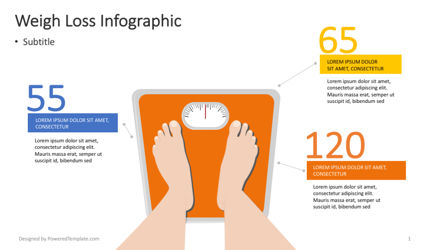Cold laser therapy is a non-invasive, pain-free therapy that helps reduce swelling and boosts cell regrowth. It is a safe choice to invasive treatments and typically has instant results.
Laser photons launch a chain reaction of chemical reactions within the cell that lower discomfort, swelling, and speed up healing. It raises blood flow to the area by generating vasodilation.
What to Anticipate
Cold laser therapy is a non-invasive therapy that utilizes low-level laser light to permeate deep into damaged tissues, causing cell function on multiple degrees to promote cells recovery. This helps reduce discomfort and swelling, while promoting contraction and regeneration.
Throughout a session, you'll sit or relax conveniently and the practitioner will certainly mark the areas on your body that demand to be treated. The expert after that applies a small portable gadget with the laser to the area. Throughout the therapy, you may feel a mild tingling or heat in the area of your injury.
Before starting treatment, it's important to clean up the area of your injury and get rid of any type of jewelry or various other objects that can get in the way of the laser's path. It's likewise necessary to stay clear of any combustible products that could be in the area of the laser light beam. This will guarantee your safety and the efficiency of the treatment.
Preparation
Cold laser therapy functions by shining light on the surface of your skin. The light is soaked up by the top layer of your skin and afterwards promotes the cells to generate energy that promotes recovery.
During the therapy, you might feel a cozy or prickling sensation in the area that is being dealt with. This is completely typical, though you should let the expert know if the experience is uneasy or too strong.
This treatment has a lot of pledge for assisting patients with stressful brain injury (TBI). The therapy is non-invasive and doesn't have any type of adverse side effects. Nevertheless, even more research is needed to figure out the ideal treatment procedure. The best way to learn if you are a candidate for this sort of treatment is to seek advice from a qualified physiotherapist. They will certainly be able to aid you figure out if cold laser therapy is right for you.
The Treatment
When the expert has properly positioned you for therapy, they will certainly after that put the chilly laser gadget on the damaged location. They might maintain it on for 30 secs or longer, depending upon the dimension of the injury and its level of sensitivity. They will certainly utilize safety goggles to guarantee that the laser does not directly hit the eyes, and they will certainly make certain that you are secured from any type of glow that might happen.
You may feel a small tingling sensation on the area that is being treated, yet it will certainly not be undesirable or painful. This is a sign that the laser is working to stimulate the recovery procedure in the influenced cells.
A lot of clients experience pain relief within a few sessions, with some seeing long lasting outcomes also after numerous months of therapies. It is essential to note that LLLT is not implied as a sole therapy for any kind of persistent discomfort problem and it ought to be paired with various other restorative techniques in order to attain optimal results.
Post-Treatment
After you lie down or rest, the specialist will make use of a wand with a series of light-emitting diodes to target your discomfort site. You will wear safety eye safety glasses, and the laser may be held on your skin for 30 to one minute. You might feel a mild, relaxing sensation throughout the treatment.
The photons from the laser pass through deep right into your tissue, activating a healing feedback on a mobile level. Unlike other kinds of laser treatment, this low-intensity approach does not produce heat.
Some researches have revealed that cold laser therapy is effective in treating a variety of conditions, including ipl treatment persistent discomfort and wounds. However, it is less widely accepted as a typical clinical technique, and it isn't covered by numerous medical insurance strategies. Furthermore, it is not recommended to be made use of over any questionable malignant lesions or carcinomas or on expectant ladies. You need to always seek advice from your oncologist before pursuing this type of therapy.
